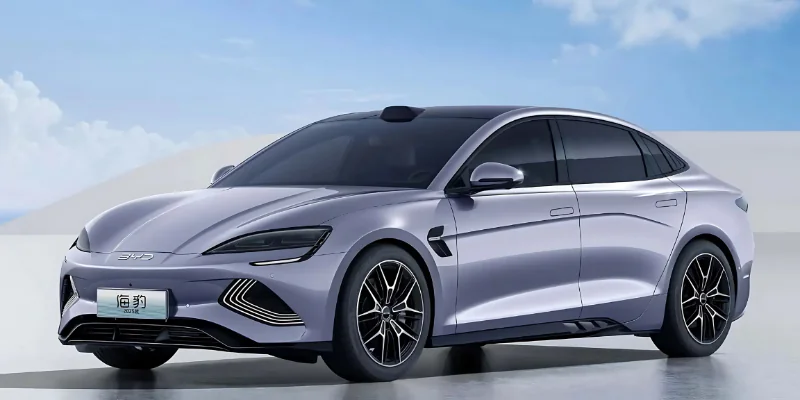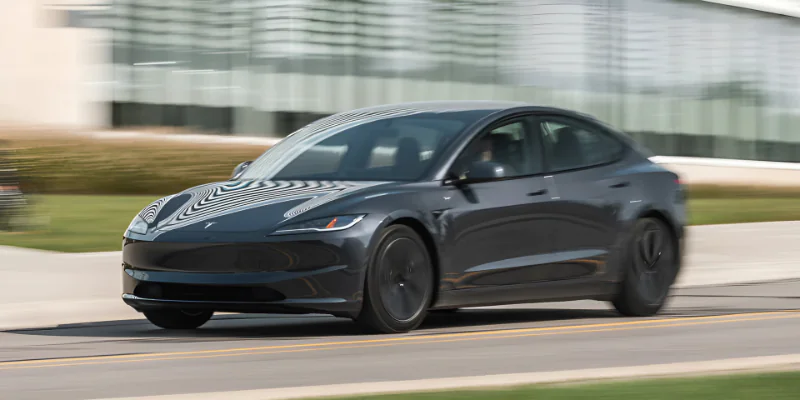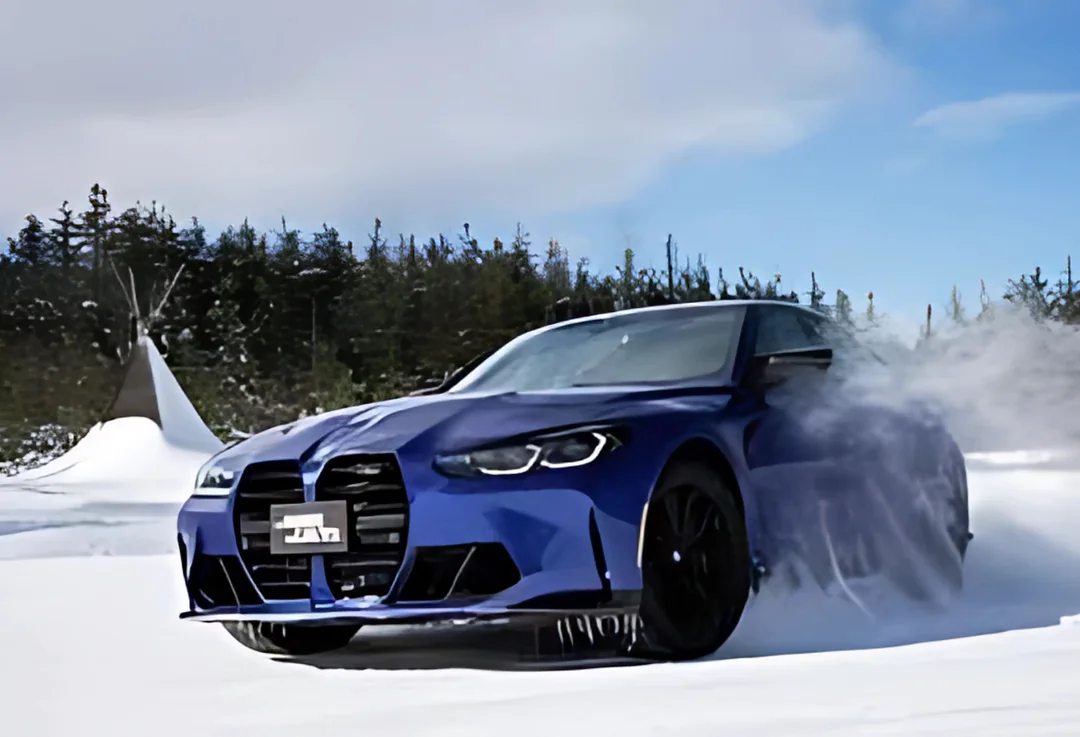
The BMW M3 is legendary in the world of motorsports, especially when it comes to drifting. Renowned for its perfect balance, rear-wheel-drive layout, and powerful engine, the M3 has been a favorite among drift enthusiasts for decades. In this guide, we’ll dive deep into the history of the M3, explore why it’s ideal for drifting, and review its key features and driving experience through the lens of a drifter.
Brief History of the BMW M3
The BMW M3 was first introduced in 1986 by BMW’s Motorsport division with a goal to dominate the racetrack. What started as a touring car quickly gained recognition among drifters for its exceptional balance and control. Each generation of the M3 has brought improvements in power, handling, and technology, making it a consistent performer in the drifting scene.
Key Milestones in the BMW M3 Evolution
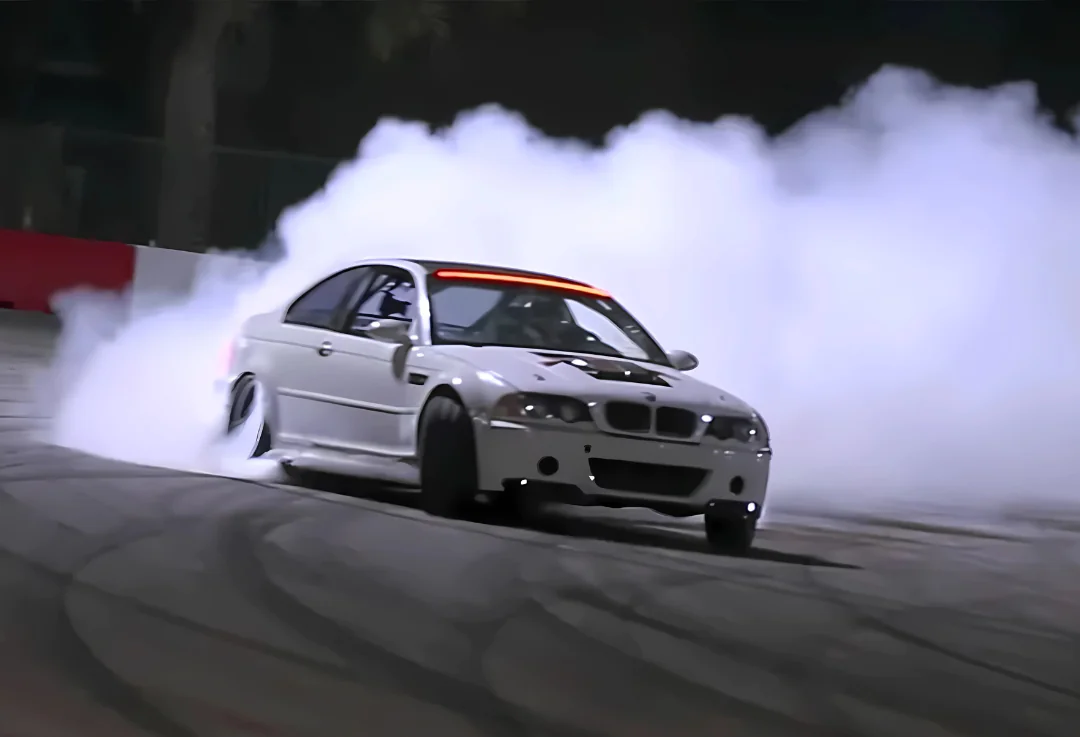
| Generation | Years | Engine | Power Output | Notable Features |
|---|---|---|---|---|
| E30 M3 | 1986-1992 | 2.3L Inline-4 | 192 hp | Lightweight, touring car roots |
| E36 M3 | 1992-1999 | 3.0L / 3.2L Inline-6 | Up to 321 hp | Increased power, wider appeal |
| E46 M3 | 2000-2006 | 3.2L Inline-6 | 343 hp | Highly regarded for handling |
| E90/E92/E93 | 2007-2013 | 4.0L V8 | 414 hp | Unique V8 engine, aggressive styling |
| F80 M3 | 2014-2018 | 3.0L Twin-Turbo Inline-6 | 425-503 hp | Advanced tech, adjustable drift settings |
| G80 M3 | 2020-present | 3.0L Twin-Turbo Inline-6 | 473-503 hp | Optional AWD, modern drift features |
Key Features and Specifications
| Feature | Specification |
| Engine | 3.0L Twin-Turbo Inline-6 (S58) |
| Horsepower | 473 hp (Standard) / 503 hp (Competition) |
| Torque | 406 lb-ft (Standard) / 479 lb-ft (Competition) |
| Drivetrain | Rear-Wheel Drive / Optional AWD |
| Limited-Slip Differential | Standard |
| Transmission | 6-speed Manual / 8-speed Automatic |
| Suspension | Adaptive M Suspension |
| Weight Distribution | Near 50:50 |
Drivetrain and Handling
| Aspect | Description |
| Drivetrain Layout | Rear-Wheel Drive (RWD) |
| Stability Control | Adjustable, with drift-friendly modes |
| Steering | Precision-tuned for feedback |
| Chassis | Highly rigid, ideal for drifting |
| Braking System | High-performance M brakes |
Design Elements of BMW M3
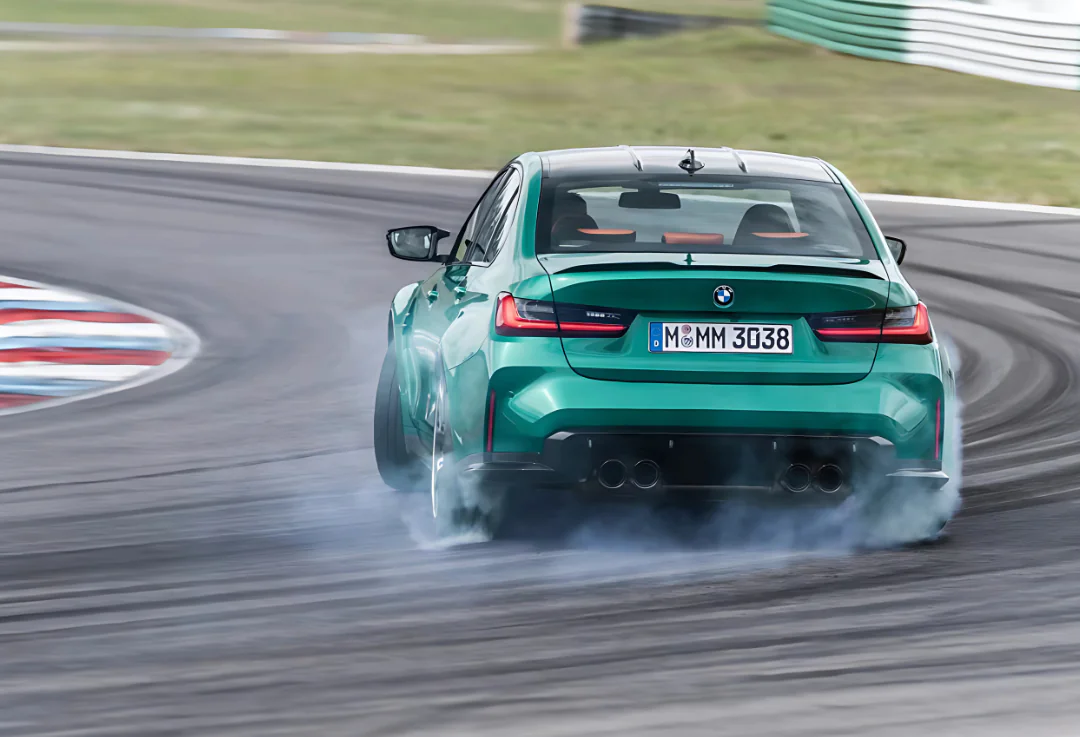
| Element | Purpose |
| Aerodynamic Enhancements | Improves stability at high speeds |
| Carbon-Fiber Roof | Reduces overall weight |
| Wide Track | Enhances cornering and drift stability |
| Lightweight Materials | Increases agility and responsiveness |
Why the BMW M3 is Popular Among Drifters
Power and Control
The combination of high power output and precise handling makes the BMW M3 an ideal car for drifting. The engine’s linear power delivery ensures smooth throttle control, which is crucial for initiating and maintaining drifts.
Customization Potential
Drifters love to modify their cars, and the BMW M3 offers endless customization options. From upgraded differentials and suspension setups to engine tuning and body kits, the M3 can be tailored to suit any drifting style.
Proven Track Record
The M3 has a long history in drifting competitions and events. Professional drifters and amateurs alike have relied on the M3 for its reliability and performance on the drift circuit.
Driving Experience and Handling for Drifting
Driving the BMW M3 in a drift setting is an exhilarating experience. The precise steering feedback, responsive throttle, and balanced chassis provide the control needed to execute perfect drifts.
Initiating Drifts
Thanks to its powerful engine and rear-wheel-drive layout, initiating drifts in the M3 is straightforward. Whether using a clutch kick, handbrake, or power-over technique, the M3 responds predictably, making it a favorite for beginners and experts alike.
Holding Drifts
The M3’s limited-slip differential and balanced chassis make it easy to hold long drifts. The suspension setup provides just the right amount of feedback, allowing the driver to make fine adjustments mid-drift.
Transitioning
Smooth transitions between drifts are crucial in competitions, and the M3 excels in this regard. The quick steering response and well-tuned suspension allow for seamless transitions, giving drivers an edge on the track.
Famous Opinions and Reviews from the Drifting World
The BMW M3 has received praise from numerous drifting legends and automotive experts. Here are a few notable opinions:
-
Ken Block: “The M3’s balance and power make it an amazing platform for drifting. It’s predictable, which is exactly what you want in a drift car.”
-
Chris Forsberg: “With the right setup, the M3 can compete with the best drift cars out there. It’s a solid choice for anyone serious about drifting.”
-
Ryan Tuerck: “I’ve driven a lot of drift cars, but the M3 always stands out for its handling and fun factor.”
Affordability and Value for Money in Drifting
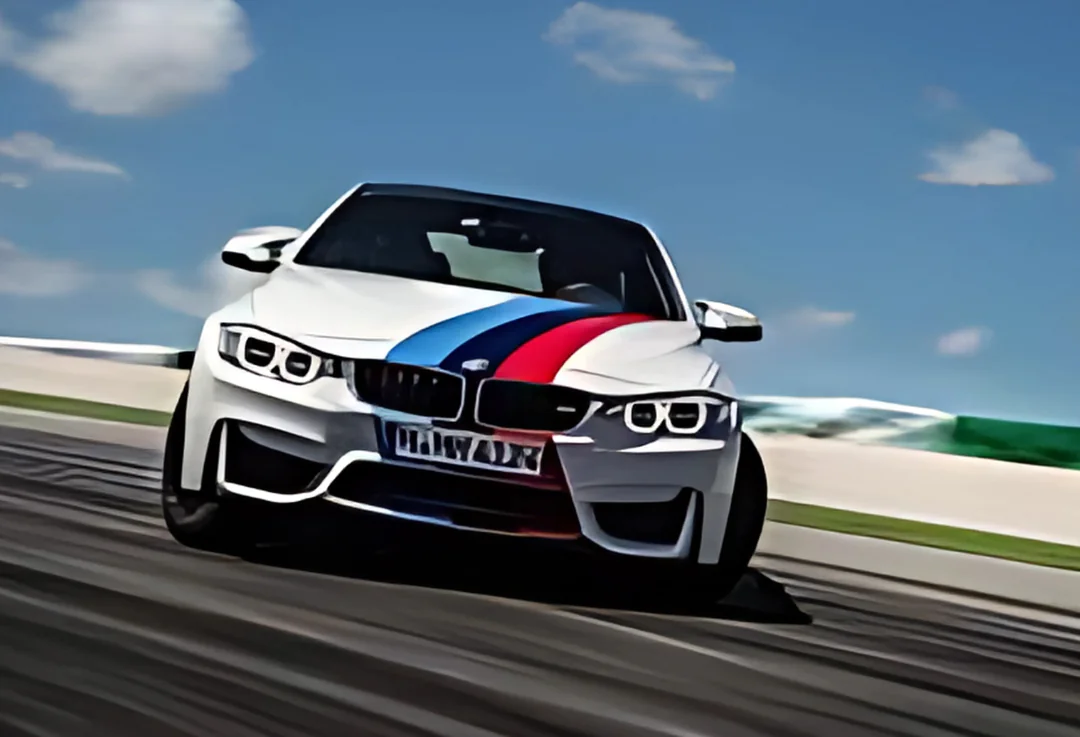
While the BMW M3 isn’t the cheapest option for drifting, it offers excellent value for money given its performance, reliability, and modification potential.
Pricing for Drift Builds
-
Used M3 Models: Prices vary depending on the generation and condition. E36 and E46 models are popular choices for budget-friendly drift builds.
-
Aftermarket Parts: The M3 has a vast aftermarket scene, making it easy to find performance parts at various price points.
Cost vs. Performance
When compared to other popular drift cars like the Nissan 350Z and Toyota Supra, the BMW M3 offers a unique blend of luxury and performance. While initial costs may be higher, the M3’s durability and long-term performance make it a worthwhile investment.
The BMW M3 is more than just a luxury sports sedan; it’s a drifting icon. Its powerful engine, balanced chassis, and rear-wheel-drive layout make it a top choice for both amateur and professional drifters. Whether you’re building a dedicated drift car or looking for a dual-purpose vehicle that can handle both the streets and the track, the M3 is a solid choice.
Is the BMW M3 the right drift car for you? If you value performance, control, and customization potential, the answer is yes. Join the ranks of drifters who have experienced the thrill of sliding sideways in a BMW M3 – you won’t be disappointed.


